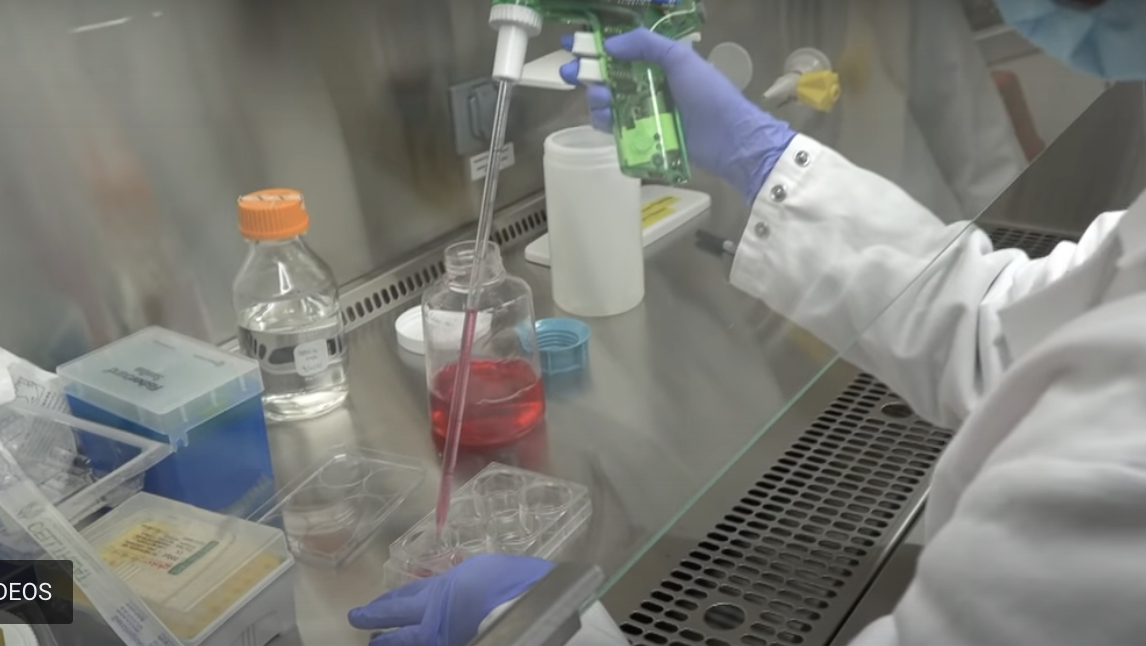For decades, spinal cord injuries have remained one of the hardest injuries for scientists to treat because nerves in our spinal cord have a limited ability to repair. But a new study from Northwestern University in the United States has shown that injectable “dancing molecules” might help heal spinal cord injuries – writes Tom Elphick.
In the study, published November 12 in the journal Science, researchers injected a gel into tissues surrounding the spinal cords of paralysed mice. Four weeks later, the mice regained the ability to walk. This amazing discovery hinges on the magic of what the researchers describe as “dancing molecules”.
The Research
These molecules are held in a gel substance that mimics the normal environment of the spinal cord. The molecules move around the gel substance and are even able to jump out of the gel to attach to receptors on the neurons. This attachment generates a bioactive signal that tells the neuron to begin healing itself. After 12 weeks, the materials in the gel substance break down and are absorbed by the neurons in the body leaving no waste products behind.
There is a video which explains this extremely well.
More information about how the gel substance works can be found below.
This research is one of the most exciting innovations in spinal cord injury rehabilitation because it could allow scientists to repair spinal nerves without invasive techniques that can potentially injure the spinal cord further.
Limitations
There is the potential that this new therapy is not going to be the ‘silver bullet’ that cures spinal cord injuries. Keep in mind that a spinal cord injury is still a massive trauma to the body and other therapies such as physical therapy or neurostimulation might still be needed as part of ongoing rehabilitation.
We won’t know how successful this new therapy truly is until human trials are started. What works in mice doesn’t always work in humans. That’s why we need to do more studies to look at the possibility of this therapy working in humans as well as the safety.
Future Outlook
Researchers are looking for regulatory body approval to be able to commence use in humans with the hopes that we will begin to see the healing of spinal cord injuries.
“We are going straight to the FDA to start the process of getting this new therapy approved for use in human patients, who currently have very few treatment options” said Stupp.
Safety and effectiveness will be evaluated in humans to guide future research for the treatment of paralysis. Stupp also believes that the underlying discovery has the potential to treat other diseases such as neurodegenerative diseases.
“The central nervous system tissues we have successfully regenerated in the injured spinal cord are similar to those in the brain affected by stroke and neurodegenerative diseases, such as ALS, Parkinson’s disease and Alzheimer’s disease,” Stupp said. “Beyond that, our fundamental discovery about controlling the motion of molecular assemblies to enhance cell signalling could be applied universally across biomedical targets.”
In Australia, we will need to wait for TGA approval before this therapy can be used in humans but these initial results give us great hope for what the future holds in store.
How the dancing molecules work
The receptors in the neurons constantly move around and come into contact with many molecules that signal them to perform certain tasks. Controlling these receptors and the signals they receive is one of the biggest achievements from Stupp and his team.
“Receptors in neurons and other cells constantly move around,” said lead researcher Samuel I. Stupp. “The key innovation in our research, which has never been done before, is to control the collective motion of more than 100,000 molecules within our nanofibers. By making the molecules move, ‘dance’ or even leap temporarily out of these structures, known as supramolecular polymers, they are able to connect more effectively with receptors.
Some of the receptors are responsible for signalling to neurons that they should repair themselves. The molecules contained in the injected gel are designed to activate these healing receptors.
The breakthrough therapy improved neuron functioning in five ways: (1) The severed extensions of neurons, called axons, regenerated; (2) scar tissue, which can create a physical barrier to regeneration and repair, significantly diminished; (3) myelin, the insulating layer of axons that is important in transmitting electrical signals efficiently, reformed around cells; (4) functional blood vessels formed to deliver nutrients to cells at the injury site; and (5) more motor neurons survived.
It does this by instructing the stem cells, the cells that would normally make scar tissue, to start producing myelin. By downregulating the pathological processes that occur after spinal cord injury and boosting the restorative processes, axons are able to grow through the area of injury and restore themselves to their pre-injury state.
Paper published in Science https://www.science.org/doi/10.1126/science.abh3602

